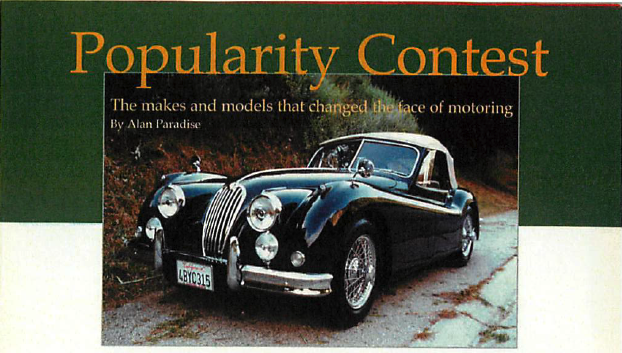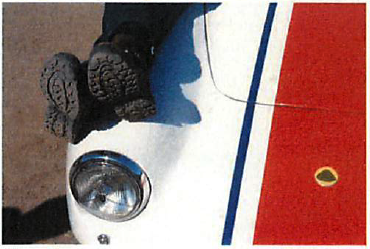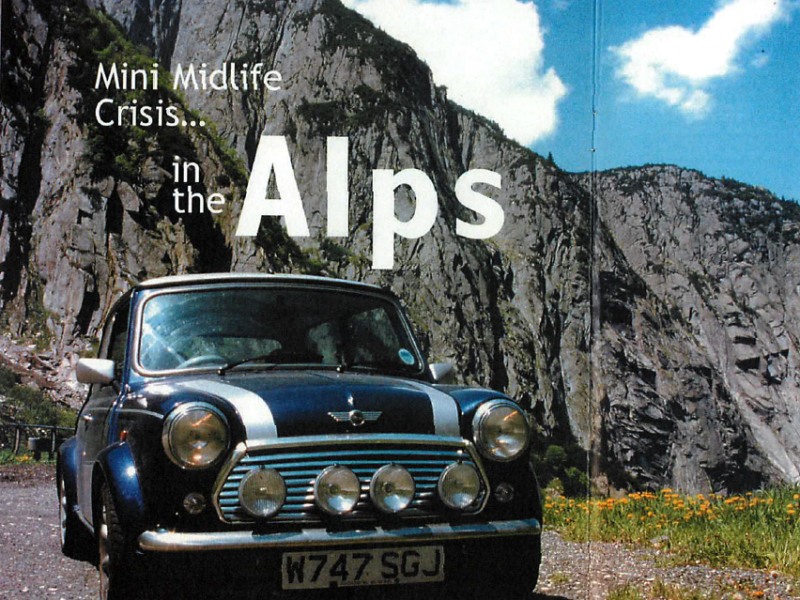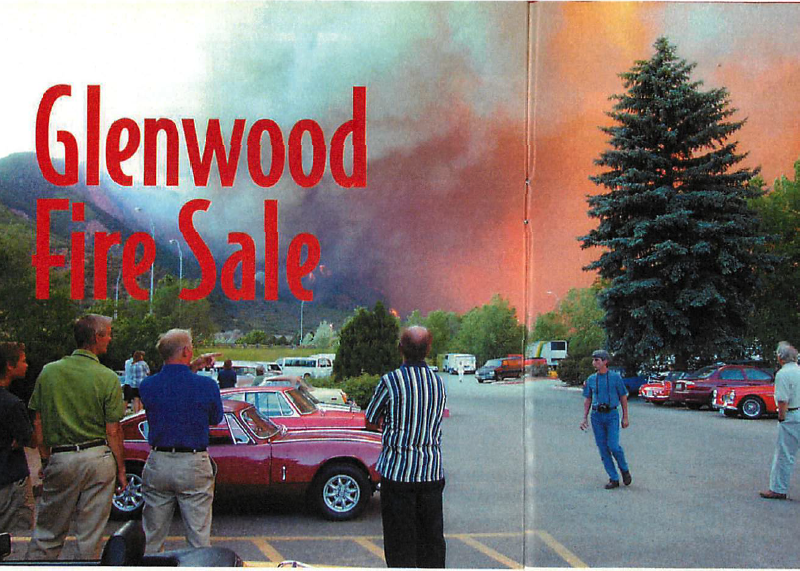The makes and models that changed the face of motoring
By Alan Paradise
Yes, we love our British cars. The soul, the romance, the connectivity of human and machine—these are the fundamental factors that have established loyalty to brand names like Jaguar, MG, Triumph, Morgan, Lotus, Austin-Healey, Aston Martin, Sunbeam, and others.
By today’s standards, nearly all classic British sports cars would be considered limited or small production. After all, in just two years, Chrysler has sold over 375,000 PT Cruisers. That’s nearly twice the number of all the Jaguars produced from 1945 to 1963.
As much as world economics and technology have changed the method in which cars are manufactured and sold, so too has the way in which cars are viewed. New cars, in spite of the marketing efforts, are remarkably appliance-like. While this is fine for sales records, it has also served as the catalyst to rejuvenate the classic British car market.
Many British sports cars are saddled with obscurity, such as Allard, Alvis, Frazer-Nash, HRG and TVR. Others changed the face of enthusiast motoring and became highly desirable cars on a worldwide basis. These popular makes and models have become the cornerstone of the British car hobby. Leading the way is MG, whose models are extremely popular as the brand has maintained a loyal following. The same holds true for Triumph and, to a large degree, Jaguar. Austin-Healey enjoys popularity, in large part due to the uniqueness of its big 100 and 3000 models, and to the more common Sprite and its relationship to the MG Midget. In all, more than 80,000 Sprites and Midgets were sold in a 10-year period from 1961-71. However, to put that figure in context, 81,000 Henry J models were sold in 1951.
While most people think “sports car” when the topic of British cars is presented, the Henry J clearly shows that, like any other market, the bulk of production is not reserved for enthusiasts. Jaguar’s most famous car is the E-Type, with just over 63,000 produced from 1961-75. During the same time, nearly 100,000 Mk II sedans were sold. This same trend holds true of the present Jaguar line—the XK supplies the brand’s sizzle, but the S-Type is the company’s steak in the luxury car market.
Over the past 57 years, the British car hobby has clearly been the foundation for automotive restorers. The ever-growing popularity of these easy to work on and fun to drive sports cars provides an all-consuming passion that is difficult to deny. When combined with the easy availability of parts and technical assistance, restoring or restofiying (restored and modified) MGs, Triumphs, Austin-Healeys or Jaguars can be done without the high cost and hassle associated with German, Italian, or even select American sports cars.
As expected, the most popular British sports cars have the highest production figures. The MGB (665,000), MG Midget/Austin-Healey Sprite (190,363) and Triumph Spitfire (314,152) lead the way. All three models are inexpensive to purchase and can be completely rebuilt using re-manufactured components. Other models that had fairly decent production numbers, such as the Sunbeam Alpine (69,251) and Triumph TR7 (112,368) have yet to find the mass appeal to warrant aftermarket inclusion. In contrast, despite the lower number of MGs from the late ’40s to mid ’50s (all models combined = 52,064), these MGs still enjoy growing popularity.

From 1962 to 1980 Triumph produced over 343,000 Spitfires, placing it second behind the MGB as the most popular British sports car.
For the vast majority of British sports car enthusiasts, restoration has been the road to travel. However, a growing number of owners, especially with MG and Triumph models, are finding that restofiying their cars opens up a world of new possibilities by improving the brake systems, replacing old technology suspension components with performance springs, shocks and bushings as well as tires and wheels. Even forced induction additions are becoming commonplace, likewise with upgraded convertible tops and adding modern safety items.

Perhaps the car that best identifies the British car personality is the MG T series. The ability to access restoration parts has kept a larger number of 42,000 TCs, TDs and TFs in existence.
While it has been nearly 23 years since the last new MGB and Spitfire were offered up to the American, the desire for vintage British sports cars has not declined. In fact, over the past three years enthusiast clubs are reporting increased interest—especially from younger owners. This is highly encouraging news as we must strive to keep our hobby alive and not go the way of the American hot rod, as the younger car enthusiasts shun this money-intensive niche.
It is the affordability of the higher production cars and the uniqueness of the more obscure models that keeps the interest going. From a numbers and investment standpoint, MGB, Spitfire, Sprite and Midget represent a great way to pass the torch of British sports car popularity to a new generation.










'Popularity Contest' has no comments
Be the first to comment this post!